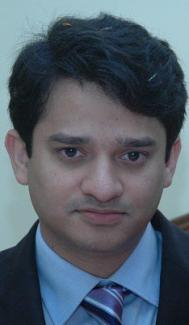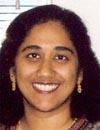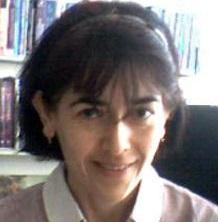School Choice in Rural Bangladesh
Bangladesh has made significant progress in increasing access to secondary education over the past decade, especially for girls. However, recent evaluations of student performance in subjects such as Mathematics and English highlight an overall low level of achievement in schools in rural Bangladesh, as well as a wide variation in the quality of education across schools. While this is not surprising given that schools differ in terms of resources, educational inputs and organization, a further potential determinant of quality is the religious orientation of schools. This study by M. Niaz Asadullah (University of Reading, University of Oxford and IZA), Rupa Chakrabarty (University of Reading) and Nazmul Chaudhury (World Bank), examines what determines religious school choice in Bangladesh, focusing on registered ‘madrasahs’ (Islamic faith schools) and non-religious schools. The authors investigate how household income, religious preferences, schooling costs, and school quality affect the proportion of children sent to each school type. Using a unique dataset on secondary school age children from rural Bangladesh, they estimate regression models to investigate some of the theoretical determinants of madrasa (Islamic faith school) enrolment. Bangladesh is home to a large and rapidly growing number of registered secondary madrasas. Whilst studies document low level of achievement across all registered educational institution types, it is particularly low in registered madrasas. If registered madrasa schools do not boost cognitive skills, their graduates are likely to find themselves at a disadvantage in the labour market, and be trapped in a future of low wages and poverty. This raises an important question: Is madrasa education a rational choice? Very little is known about what drives demand for religious schooling in rural Bangladesh. Anecdotal evidence points towards the poverty connection - children from poor families are more likely to attend madrasas because their parents cannot afford the expenses associated with enrolment in mainstream schools. Alternatively, school choice in rural Bangladesh is determined by the religious proclivity of households. Empirically investigating the various determinants of religious school choice requires detailed data on households with school aged children and all nearby educational institutions. Hence, the study draws upon a purposefully designed cross-sectional survey entitled "Quality of Secondary School Madrasa Education in Bangladesh (QSSMEB)", the first ever comprehensive sample survey on the structure and quality of state-aided as well as privately financed Islamic and non-religious schools in Bangladesh. Additional background information: Unlike other countries in the region with large Muslim populations, the religious education sector in Bangladesh comprises of both state regulated private madrasas as well as independent, private madrasas. The former are popularly known as “Aliyah” madrasas where alongside Islamic education, modern general education is also provided. Since the majority of these Aliyahs operate with state funding, they are regulated in terms of curriculum content and teacher recruitment policy under a unified state recognized Madrasa Education Board. On the other hand, there exist an unknown number of private, traditional madrasas which specialize in religious education and are popularly known as “Quomi” madrasas. The incidence of these unregistered traditional madrasas in terms of enrolment share in primary and secondary education is however very small.






